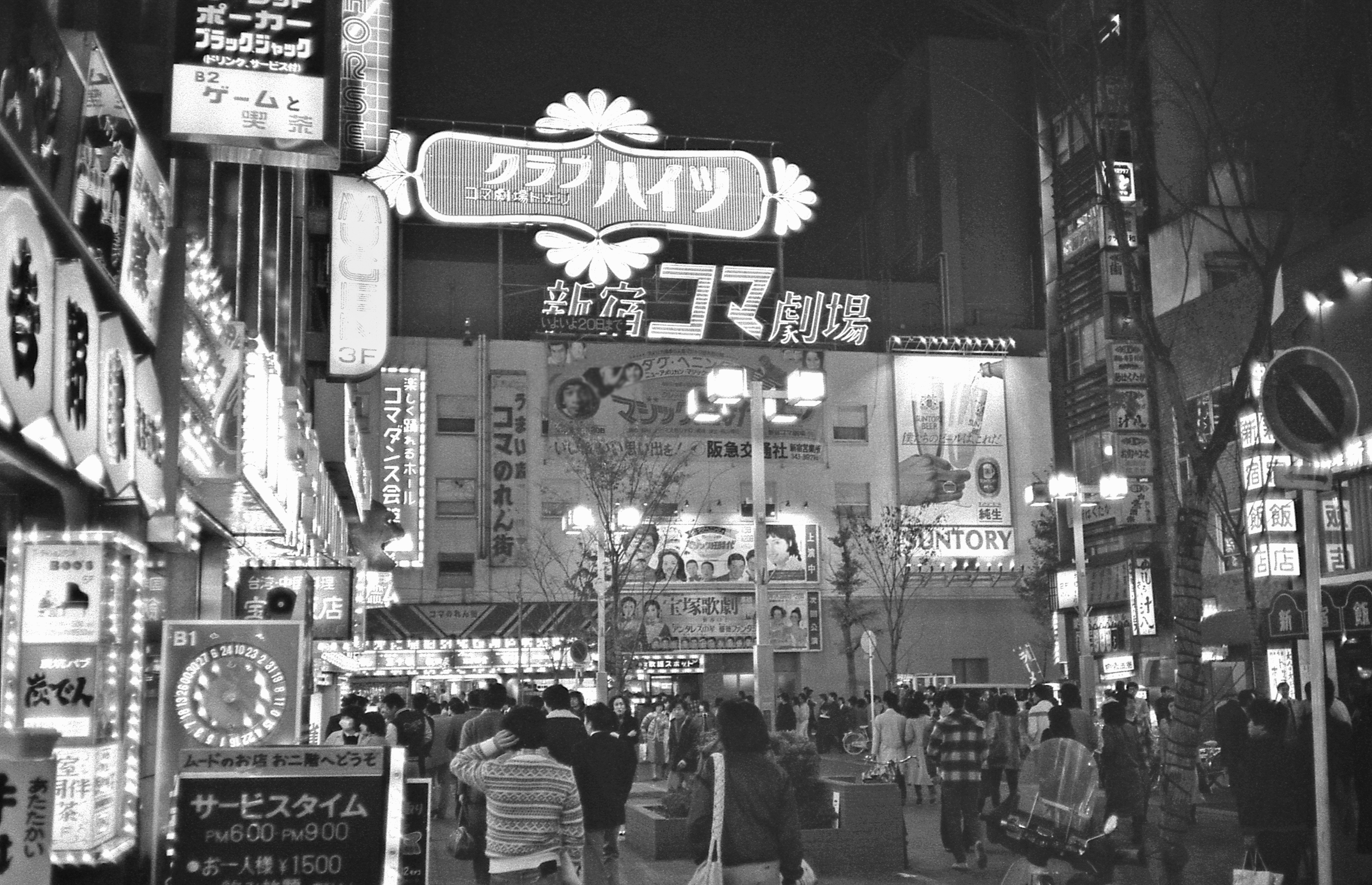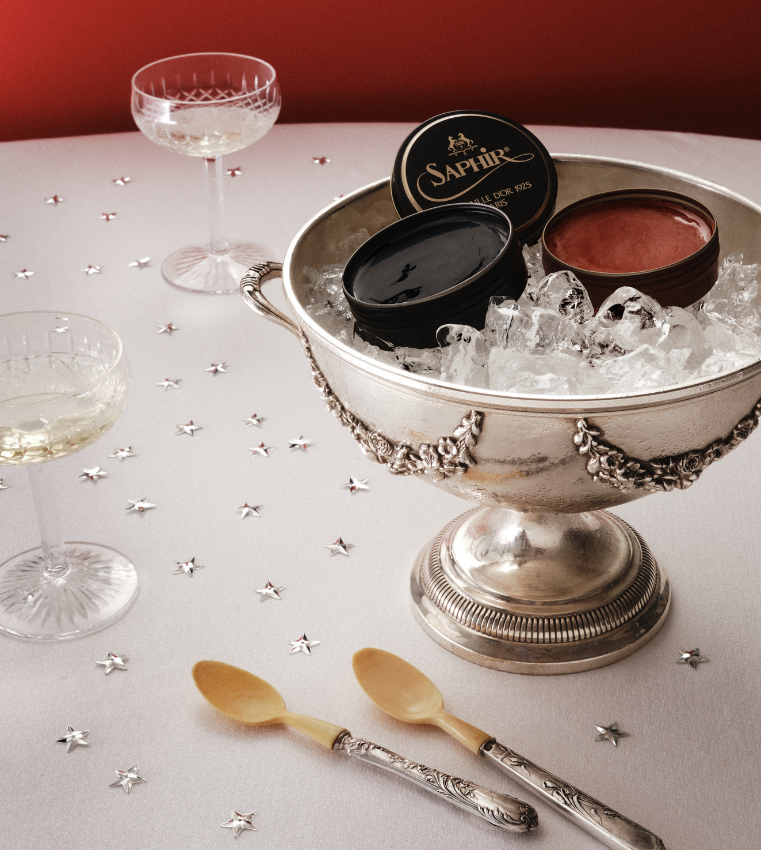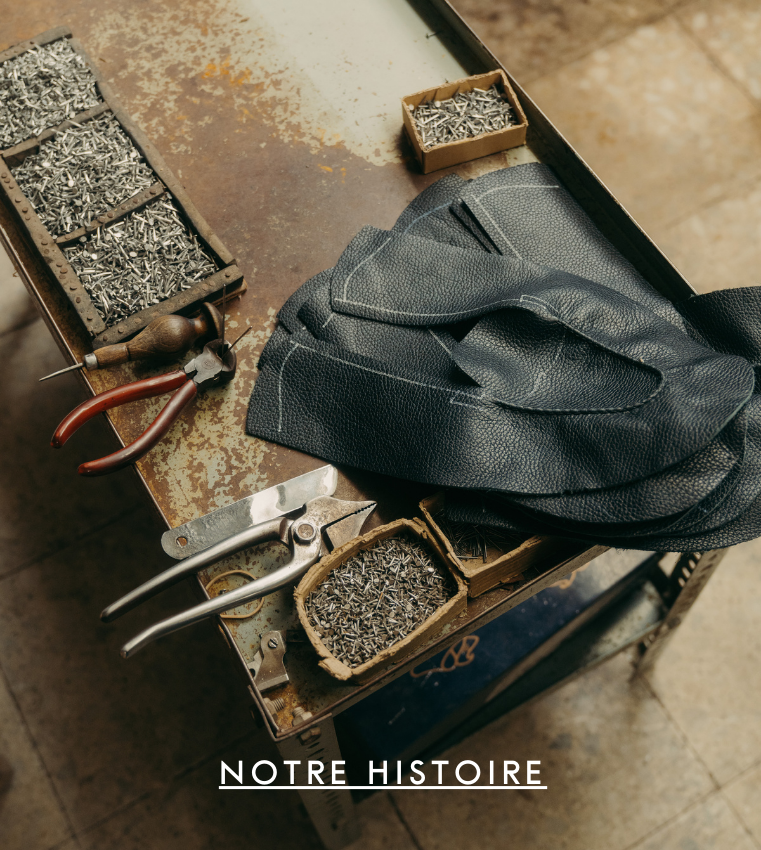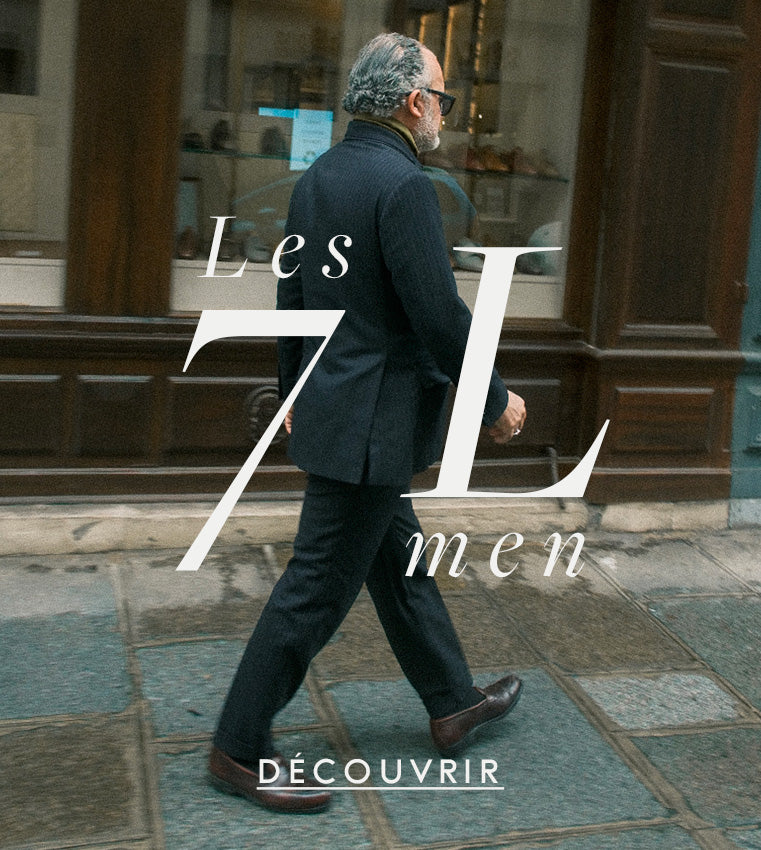Discover the Ameto, the latest sneaker from the House, and its history in our new article retracing its unique style with Japanese influences.

Directly inspired by the Japanese Ametora, Septième Largeur offers here a reinterpretation of the deck shoes in a dressier version, respecting our strict specifications for a result that matches our know-how.
A JAPANESE-SOUNDING NAME
The Ameto draws its inspiration directly from the Japanese term Ametora. A combination of American and Toradishonaru (understand tradition in Japanese), it designates a clothing movement born following the cultural opening of Japan in the 1970s.
This style emphasizes elegance and simplicity, and Deck shoes are no exception. It is characterized by classic and elegant pieces, such as blazers, cardigans, wool sweaters, chinos, button-down collared shirts and moccasin or derby type shoes. The color palette is generally quite dark in tones of blue (preferably navy), gray or even brown.
FOCUS: the Ametora movement
The Ametora movement has its roots in the 1970s, which were characterized by a formal, strict and constitutional ban implemented by the Japanese state in order to prevent any aid to the United States in the context of the World War. Vietnam.

During this period, Japanese youth were at the heart of social changes. A revolution in clothing habits is taking place, giving rise to a new identity. Refusing the clothing style of the man concerned about his image, strict and eligible for the rules as imposed by the State, a real desire develops to adopt a much more "relaxed" lifestyle, defying all habits. cultural.

W. David Mark, in his work "Ametora, or how Japan saved the American style" describes these looks and looks then considered desolate:
" They found many young people dressed in wrinkled fabric shirts with curious buttons to hold the collar in place, suit jackets with a third superfluous button placed high on the torso and cut from madras fabrics and tartans garish, shrunken chinos and leather shoes with intriguing perforations on the front. These teens' hair was parted in a precise seven-to-three ratio - a look requiring the use of a dryer. electric hair The police discovered that this particular style was called aibii, a Japaneseization of the English word “Ivy ”.
Even today, the Ametora movement continues alongside traditional American fashion which impacts and influences many styles, giving birth to new trends.
For a more historical approach to this movement, from the Meiji era and its isolation to Ametora and its westernization, we recommend the Jamais Vulgaire article, “ Ametora: the origins of Japanese Ivy ”.
A FRENCH REINTERPRETATION
Deck shoes, also known as "deck shoes", are shoes specially designed to be worn on board a ship. They were originally introduced in the 1930s by Paul Sperry, an American sailor looking for a solution to avoid slipping on the wet decks of his boat.
Our reinterpretation thus combines history and technicality, and can of course be worn whether you are sailing or not.

Produced in our factory in Spain, the Ameto is characterized by its more dressy look than a simple Deck shoes sneaker thanks to its different colors and specific material.
The upper is suede calfskin from the Sciarada tannery in Italy, with a pleasant velvety touch, for a dressy style and a unique appearance while remaining easy to wear. It comes in brown, beige and brick, three colors with assertive shades for an elegant look without overdoing it, with just the right amount of relaxation.

Mounted on a round shape, the 262 shape, the Ameto is undeniably comfortable. It will easily bring a subtle touch of sophistication while ensuring comfort throughout your day. Its assembly is built on a side seam for better durability over time. Its anatomical insole is lined with leather, for comfort and optimal support on a daily basis.

Quality and durability, two terms that define our 100% natural rubber cup sole. It offers superior grip on wet surfaces, which is one of the characteristics of deck shoes.
As you will have understood, our work on the Ameto is not just a simple reinterpretation of a classic, it is above all attention and rigor on our quality, while developing an irreplaceable model. .
A VERSATILE STYLE
The Ametora is highly regarded because of its sophistication and refinement, which we have tried to reconcile within this model. The Ameto can be easily worn with both jeans and chinos, in that IVY league spirit that needs no introduction.
Combine it with blazers, cardigans, wool sweaters, chino pants or even button-down collar shirts for a preppy look without going overboard ( at Ametora, you will have understood ).


Here worn by @ thesuitedfrenchy and @ maninwave
Traditionally inspired by the American IVY League style, the Ametora style is not limited to blazers, chinos and other bombers. In its modern version, the approach is meant to be sartorial: combining conservative pieces with discreet details, mixing high quality basics and excellent materials, the emphasis is placed on well-made pieces for which the know-how Japanese style is no longer in doubt, and to which we hope we have done honor with our Ameto.
The ametora style is also associated with a certain way of life. Fans of the movement value education, elegance, discipline and innovation, all of which are associated traits. Dressing is then seen more as a form of expression of personality and identity, rather than 'to the sole function of clothing.
Adopt your pair






